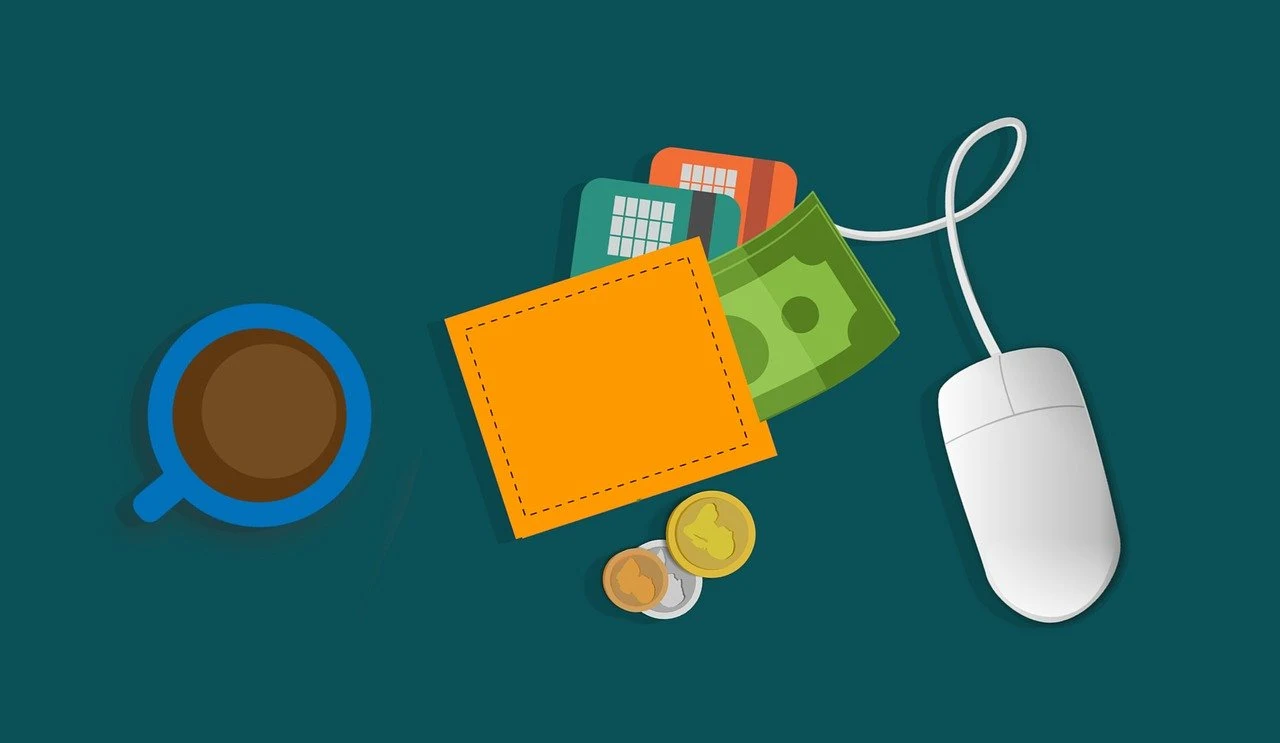
A new study on credit decisioning and alternative data use reveals interesting insights about the consumer credit landscape in India.
As India’s economy recovers from the pandemic, businesses continue to be impacted and consumers continue to grapple with the aftermath of salary cuts and job losses. As consumers apply for credit cards and loans to manage costs, lending institutions have the added responsibility of making accurate credit decisions. According to a commissioned study conducted by Forrester Consulting on behalf of Experian, the world’s leading global information services company, nearly 65% of India’s lending companies surveyed said that the wrong credit decision can lead to financial losses, while 44% said that such decisions can put customers in difficult situations.
As lending organisations continue to strive to improve their credit decisioning processes, the study highlighted the need to focus on leveraging alternative data and emerging technologies. The study surveyed 164 senior risk decision-makers from banking, fintech, and non-banking lending organisations across India, Indonesia, and Australia.
The Forrester study also highlighted several key trends across the India market for lenders:
1. Innovation and data utilisation – the key to better lending
According to the study, around 82% of respondents believed that their organisation needs to improve the use of data and insights in business decision-making. Also, around 71% wanted their organisation to improve its ability to innovate. These numbers highlight the fact that most respondents believed that there is room for improvement in using data and analytics for credit decision-making.According to a World Bank report, India has the world’s second-largest unbanked population after China. Neeraj Dhawan, Country Manager, Experian India, says: “As banks, NBFCs and fintech companies attempt to drive financial inclusion, the use of alternative data can help lenders assess the creditworthiness of new-to-credit customers more efficiently. This can result in better access to quick credit and help transform lives.
2. Embrace new technologies and improve data analytics capabilities
The study found that around 82% of respondents felt that their organisation should leverage more data from traditional sources and 80% believed that it should look for alternative data sources for more efficient credit risk assessment. These numbers indicate that employees feel that their organisation is not utilising available data optimally.Further, around 82% of respondents felt that they could improve data and analytics capabilities, and nearly 84% felt that there was an urgent need to embrace emerging technologies like artificial intelligence for credit risk assessment and management.
Unfortunately, only 36% of respondents felt that limited data standardisation was a major barrier to increasing automation in credit decisioning for lending organisations. Also, 66% felt that legacy systems and dependence on manual processes were preventing organisations from turning to automation.
Mr Dhawan adds: "Lenders need to have more streamlined usage of data between traditional credit data and alternate data sources whilst embracing emerging technologies throughout the entire credit lifecycle. This approach can help businesses in driving higher customer acquisition and provide a better overall digital experience.”
3. For effective credit decisions, choosing the right data is crucial
42% of respondents believe that their organisation is using alternative lending data to make effective credit decisions. While the use of alternate data in credit decisioning is still gradually being adopted, there are positive signs that this is picking up, with around 67% of respondents feeling that investing in real-time data and analytics will be the top priority of their organisation over the next 1-3 years.4. Automation – a long way to go
The study highlighted how automation is being used in credit decisioning across various lending products:- Credit Cards:
- Full automation: 42%
- Partial automation: 58%
- Personal Loans:
- Full automation: 40%
- Partial automation: 58%
- Full automation in Other Loans:
- Auto Loans: 31%
- MSME Loans: 22%
- Home Loans: 16%
Download the Forrester study, “Drive Speed and Accuracy with Emerging Technology and Alternative Data”, to find out more. https://www.experian.in/experian-forrester-study-on-credit-decisioning-and-alternative-data-use















 IndianWeb2.com is an independent digital media platform for business, entrepreneurship, science, technology, startups, gadgets and climate change news & reviews.
IndianWeb2.com is an independent digital media platform for business, entrepreneurship, science, technology, startups, gadgets and climate change news & reviews.



